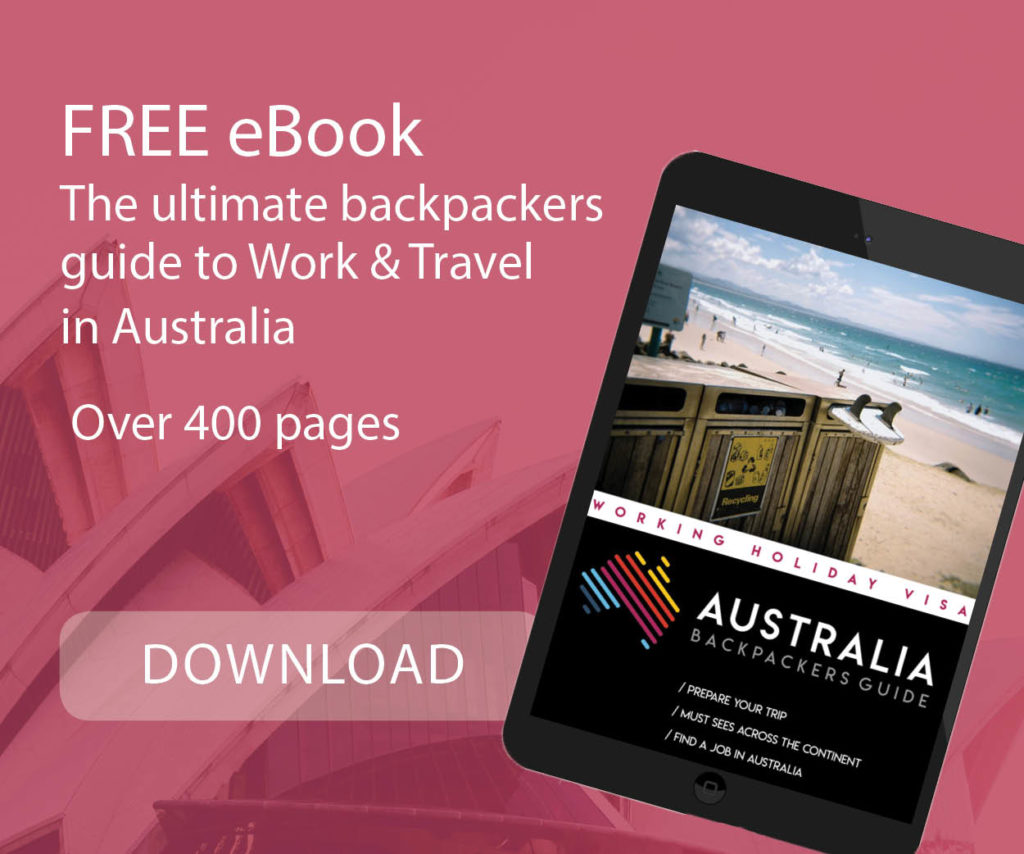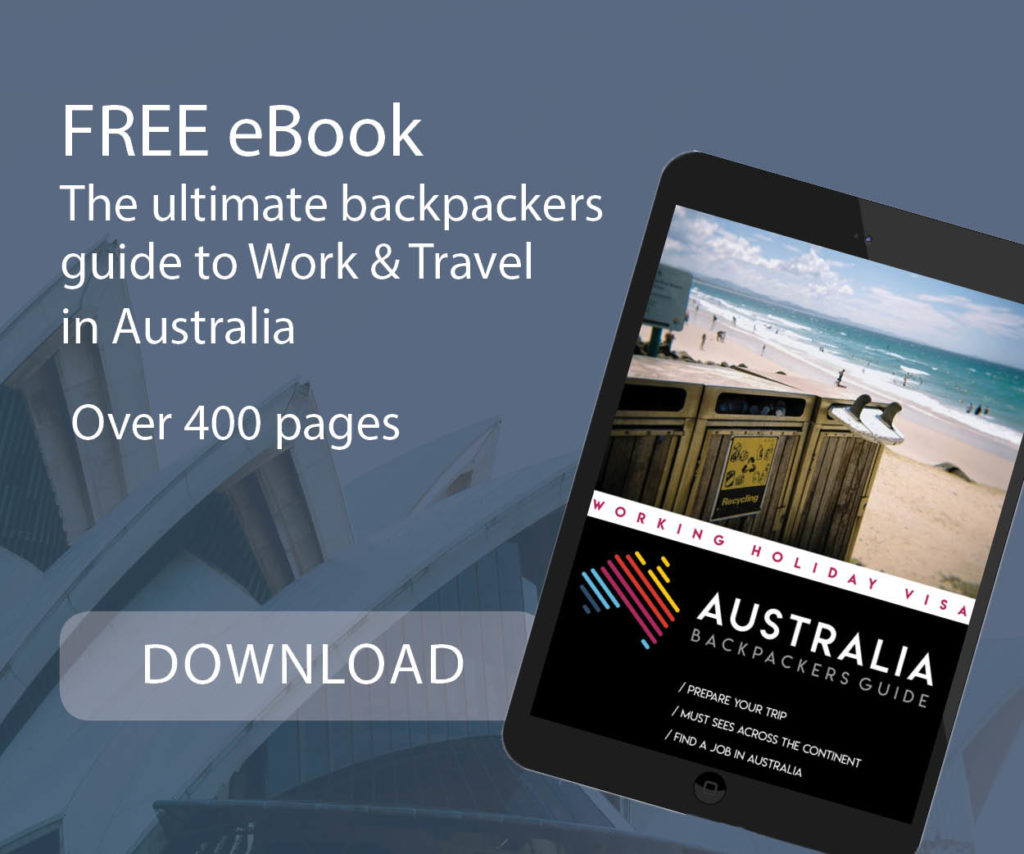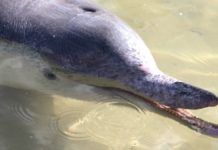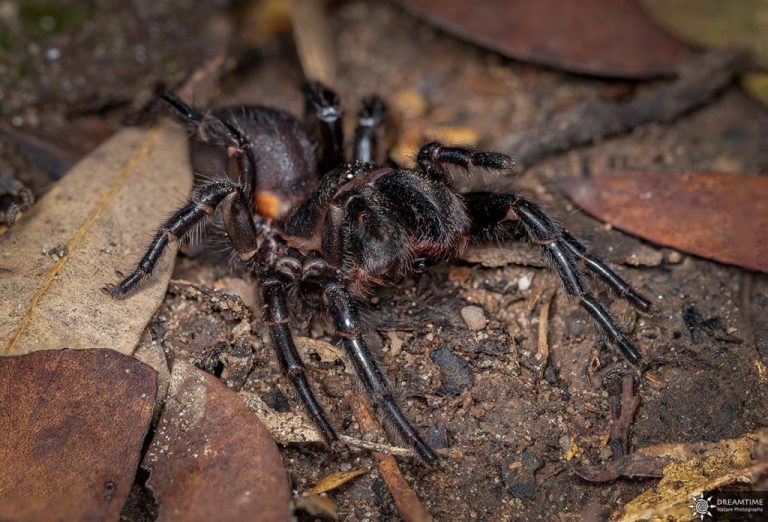
Australia is renowned for its diverse and unique wildlife, which includes some of the most fascinating yet feared creatures on the planet – spiders. Spiders in Australia are the cause of many phobias, a multitude of beliefs and indeed responsible for fatal envenomations in the past. Although fatal spider bites in Australia are now extremely rare, several species carry potent venoms that can cause serious illness. Awareness of their habitats, seasons of peak activity and first-aid measures will keep you—and your backpacker mates—safe.
Table of Contents
The danger of spiders in Australia
The two most dangerous groups are those commonly known as Funnel web spiders (which include 3 genera of spiders) and Redback spiders. Then come the Mouse spiders which can also cause serious envenomation, even if none has ever been lethal!
You should know that many bites are called blank bite, that is to say without injection of venom. While the thought of encountering Australia’s dangerous spiders may be unsettling, it’s important to remember that bites are rare and fatalities even rarer, thanks to effective first aid and medical treatments. By understanding these spiders and taking appropriate precautions, people can safely coexist with these remarkable creatures that play an essential role in Australia’s ecosystems.
💸 10% Discount on your Insurance Policy
Find here all the information you need and get your 10% Go walkabout promo code for any policy.
Which spiders are dangerous in Australia?
Have a look at the pictures and guess in which of the following category those spiders in Australia belong.
- Category A: Spider is deadly & dangerous
- Category B: Spider is toxic. That means poisonous. Its bites is very painful.
- Category C: Spider is a “low risk” spider. Spider can be beneficial in the control of flies & mosquitos…
Just click on the question to get the solution and more information about our (sometimes not so) little friends…and by the way…body size means body size – not total size including legs.
Wolf Spider

Huntsman Spider
.
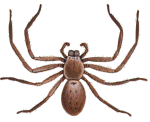
Female & Male Funnel-Web
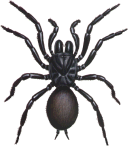

Saint Andrew’s Cross
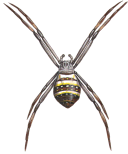
White-Tail Spider (Lampona cylindrata)
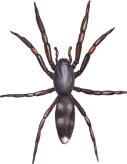
.
Female & Male Mouse Spider (Missulena spp.)
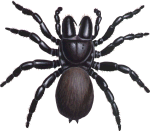

Garden Orb-Weaving

Black House Spider

Female Trap-Door
..
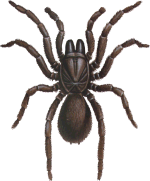
Red-Back Spider (Latrodectus hasselti)

Congratulation, you just finished the spider quiz! We hope that no matter if you’re an expert or not you won’t come across too many spiders in Australia!
Spiders Chart – overview
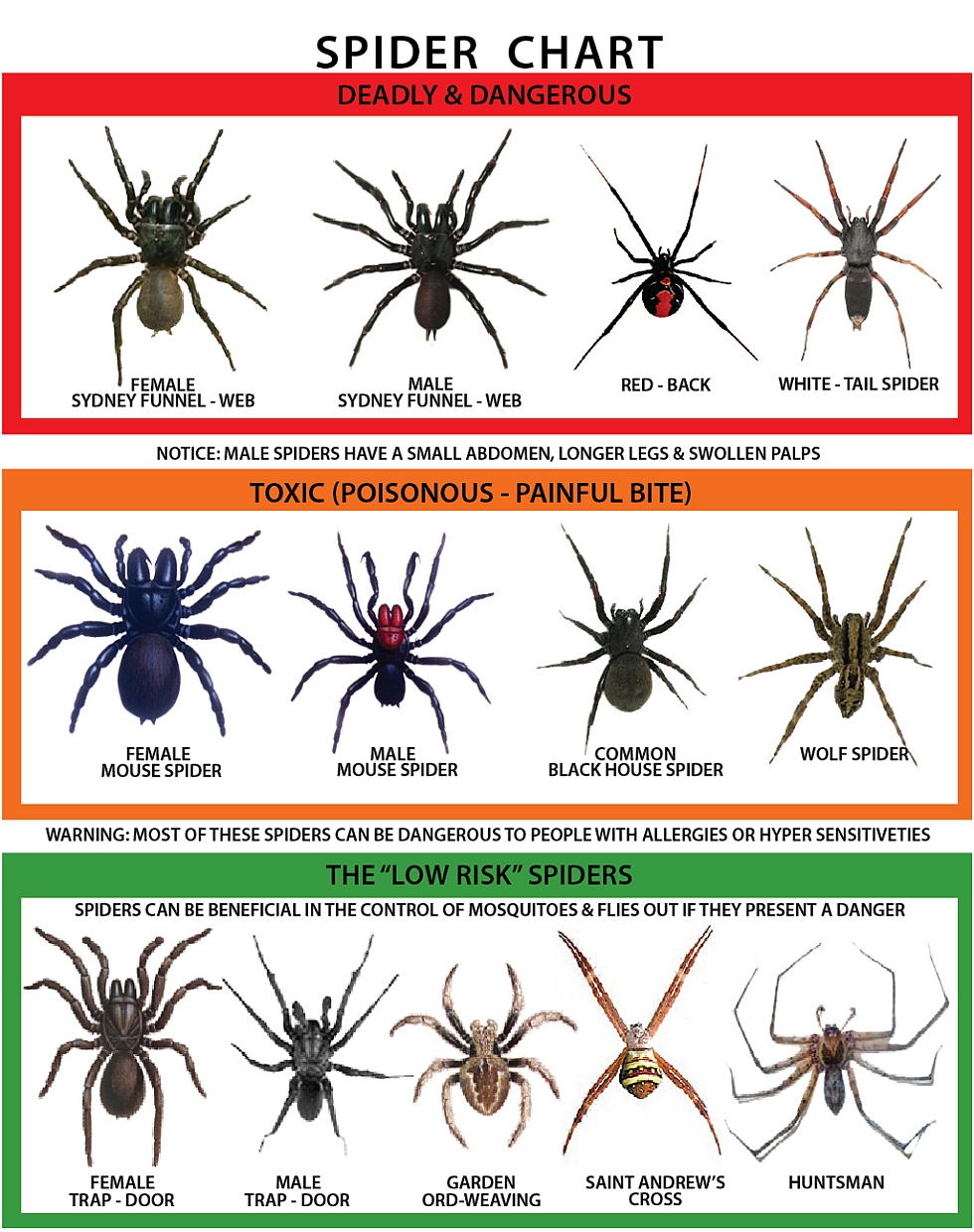
Precautions and First Aid for Spider Bites (Pressure Immobilisation)
In the event of a bite, you may see redness appear on your skin up to 24 hours later, with itching or irritation.
- Disinfect the bite area
- Apply ice to prevent redness and swelling
- If in doubt, go to the pharmacy
- If symptoms appear (sharp pain, fever, body aches) go to the emergency room or to the doctor asap.
If bitten by any of the dangerous spiders, it’s crucial to remain calm and seek medical attention immediately.
- Stay calm and minimise movement.
- Apply a firm bandage (like a sprained ankle) from bite site all the way up the limb.
- Splint the limb to keep it still.
- Call Triple Zero (000) immediately (funnel-web or severe symptoms).
- For redbacks, ice packs and mild analgesics help until you can get antivenom.
Bite Statistics & Outcomes
- Fatalities: None confirmed since funnel-web antivenom in 1981.
- Hospitalisations: ~20 per year from funnel-webs and redbacks combined.
- White-tailed Bites: Thousands, but <1% lead to significant necrosis.
Unusual Facts & Trivia
- The Sydney funnel-web’s venom can kill a juvenile lab rat in just 15 minutes.
- Male funnel-webs are more venomous than females and wander city streets during mating season (late Nov–Dec).
- Trapdoor spiders can live for over 20 years in the same burrow.
- White-tailed spiders use a special “venom spray” when threatened—unlike most bite-first spiders.
Source & Pictures: spiders.com.au





